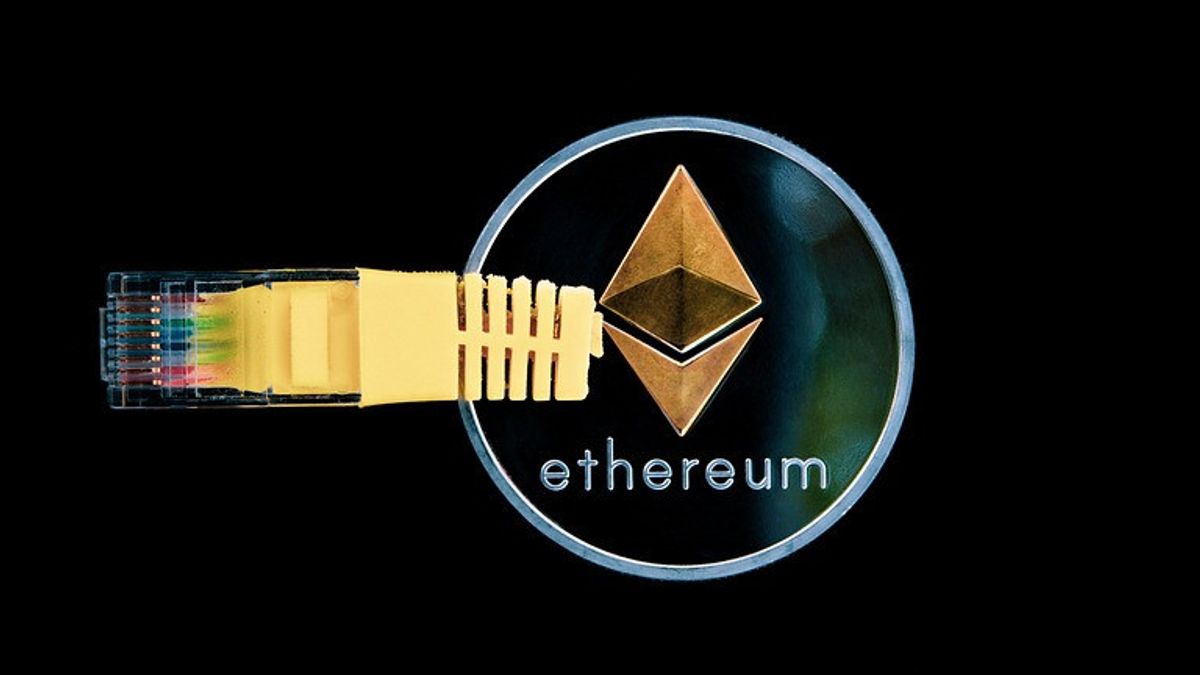JAKARTA The Merger, which is considered one of the most significant blockchain upgrades in Ethereum to date, has reduced network energy consumption by 99.9% immediately.
On September 15, the Ethereum blockchain migrated from proof-of-work (PoW) to a proof-of-stake (PoS) consensus mechanism in an attempt to switch to a green blockchain. What follows is a direct and sharp decline in the total energy consumption of the Ethereum network.
Prior to the merger increase, in 2022, Ethereum's energy consumption ranged from 46.31 terawatt hour (TWh) per year to 93.98 TWh per year. The lowest energy consumption for Ethereum was recorded on December 26, 2019, at 4.75 TWh per year.
Starting from October 15, the Ethereum The Merger Day, Ethereum's energy fell more than 99.9% and continued to maintain low energy use. As a result, the current network's carbon footprint reaches 0.1 million tonnes of CO2 (MtCO2) per year.
If translated into one Ethereum transaction, its electricity consumption is as low as 0.03 kilowatt hour (kWh) and its carbon footprint is 0.01 kgCO2, which according to theGGologist, is equivalent to the energy used while watching YouTube for two hours.
Despite the celebrations surrounding the Ethereum transition to PoS, community members voiced concerns regarding blockchain centralization and higher regulatory oversight.
The centralization aspect became clear after The Merger, as 46.15% of the nodes to store data, process transactions, and add a new blockchain block could be linked with just two addresses.
While Ethereum proponents claim that anyone with 32 ETH can be a validator, it's important to note that 32 ETH, or about $41,416, isn't a small amount for beginners or regular traders.
The English, Chinese, Japanese, Arabic, and French versions are automatically generated by the AI. So there may still be inaccuracies in translating, please always see Indonesian as our main language. (system supported by DigitalSiber.id)









